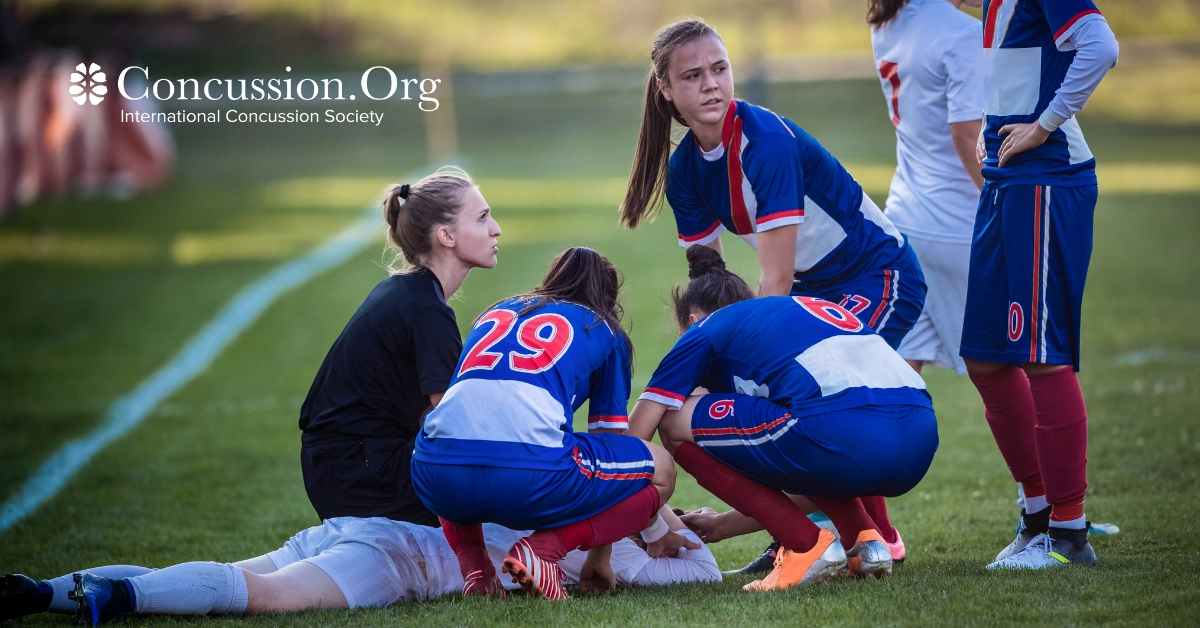Adding Mayo Clinic’s Concussion Check to your team helps keep kids safely in the game
From practice scrimmages to championship games, concussion can happen at any time. Parents and coaches alike need to be aware of the risk of concussion in youth sports and how to properly handle suspected injuries. This is why Mayo Clinic developed Concussion Check, a simple, effective remove-from-play protocol proven to help identify concussions right from the sidelines. The three-step protocol is approved for use by parents and coaches so that kids can stay safe, even if a medical professional isn’t on the sidelines.
But while concussions are a very real risk in youth athletics, the use of concussion checks is not commonplace despite the availability of the Mayo Clinic’s protocol. Use this guide to learn about how you can bring the Mayo Clinic Concussion Check to your child’s sports program and protect young athletes from concussion’s lasting effects.
How to Implement Concussion Check
Mayo Clinic advises that this sideline protocol be implemented in youth sports programs immediately. Once you have a comprehensive understanding of the protocol, it’s time to speak with your child’s coach or other athletic officials as soon as possible about putting it in place as a standard practice.
Preparing for Your Meeting
Before scheduling time to speak with school or athletic program representatives, you need to have a firm understanding of how the protocol works—and what’s at stake. Make sure you can speak to the three steps involved in the process: Recognize and Remove, Memory Assessment, and finally, the King-Devick Test in association with Mayo Clinic. Moreover, you should arm yourself with the facts and figures that demonstrate just how critical of an issue concussions are—especially in youth athletes.
Understanding Implementation
It’s important to note what steps need to be taken both before and after the protocol’s three main steps. Youth athletes will need to participate in a pre-screening with the King-Devick Test in association with Mayo Clinic in order to establish a baseline, which later test results can be compared against to figure out if a player needs to be removed from the game. This pre-screening will ideally take place prior to the start of the season, but should be done as soon as possible—even if games have already started for the year. Additionally, it will be important to review what happens in the event that the Concussion Check indicates that a child may be concussed and the precautions that must be taken to prevent further injury.
On top of how the test works, it will be essential to explain aspects of implementing Concussion Check. The protocol costs $15 per athlete when used by sports programs, and the King-Devick portion of the check requires an iPad or other tablet to administer.
Supporting Facts
It’s possible that the person you’re going to speak with—coach, school official, athletic organizer—is not aware of just how serious the risk of concussion is for the players they oversee, or may not be aware of how concussion can present. When this meeting takes place, it may be helpful to mention the following figures:
- 40% of athletes with concussions return to play before they should despite recovery taking up to two weeks for many people. Removing a child with a suspected concussion until they have had appropriate time to heal is the only way to combat potential long-term effects.
- Less than 50% of U.S. high schools have athletic trainers, who are often the ones tasked with watching players for signs of concussion.
- 90% of sports-related concussions take place without the individual losing consciousness. This can be an obvious sign that a concussion has occurred, but sustaining a concussion and being knocked out are not mutually exclusive events.
These are important facts to keep in mind, but you may find that there is additional information out there that can help to illustrate your point. For more, visit Concussion.org’s “Concussion Resources” page.
Protecting Young Athletes
Similar to CPR or defibrillator training, Concussion Check serves as the first line of defense against concussions, allowing kids to be safely removed from the game. Implementing the Mayo Clinic Concussion Check is relatively easy when done correctly. By understanding how the protocol works and what it will take to implement it, parents will be able to make strong cases for why their child’s school or athletic program needs to have the check in place. To learn more about the Mayo Clinic Concussion Check, visit ConcussionCheck.org.

